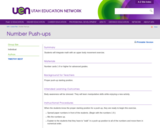
In this lesson students integrate math with an upper body movement exercise.
- Subject:
- Mathematics
- Material Type:
- Lesson Plan
- Provider:
- Utah Education Network
- Date Added:
- 02/16/2021


In this lesson students integrate math with an upper body movement exercise.
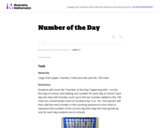
Students learn the connection between the counting sequence and experience from their daily lives in this daily activity. It also helps give students a sense of how "many" each number is.

Students write and read aloud an exaggerated story using multi-digit numbers up to 1,000,000.
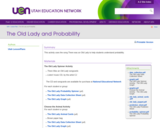
This activity uses the song There was an Old Lady to help students understand probability.
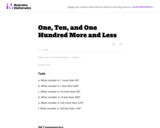
This task acts as a bridge between understanding place value and using strategies based on place value for addition and subtraction.
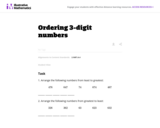
In this ordering task each number has at most 3 digits so that students have the opportunity to think about how digit placement affects the size of the number.

This short video and interactive assessment activity is designed to teach second graders about comparing coins with pictures.
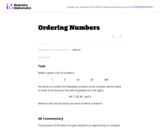
In this task students compare numbers less than 100 to benchmark numbers and learn to build an understanding of the relative magnitude of numbers.
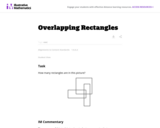
This challenging problem and brainteaser gives students an opportunity to compose and decompose polygons to make rectangles.
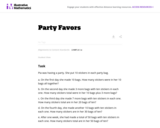
The point of this task is to emphasize the grouping structure of the base-ten number system, and in particular the crucial fact that 10 tens make 1 hundred.
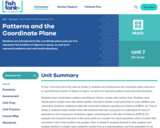
Students are introduced to the coordinate plane and use it to represent the location of objects in space, as well as to represent patterns and real-world situations.
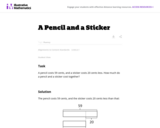
This word problem requires students to use addition and subtraction and think about money.

An interactive simulation that teaches about equivalent, evaluating, and simplifying expressions through games and exercises building coin expressions. This simulation can either be downloaded or played online and includes handouts, lesson plans, and additional materials.
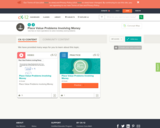
This short video and interactive assessment activity is designed to teach third graders about place value problems involving money.
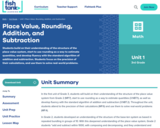
Students build on their understanding of the structure of the place value system, start to use rounding as a way to estimate quantities, and develop fluency with the standard algorithm of addition and subtraction. Students focus on the precision of their calculations, and use them to solve real-world problems.
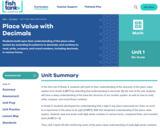
Students build upon their understanding of the place value system by extending its patterns to decimals, and continue to read, write, compare, and round numbers, including decimals, in various forms.

Students learn about and practice graphing, plotting points, drawing line segments, and finding the coordinates of points of intersection.

Students learn about probability and the law of large numbers. Through increasingly large trial sizes, students witness the way in which results get closer and closer to 50%.

This activity will help students to connect the numeral (symbol) to the number (quantity in a set).
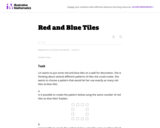
This task is written so that students have opportunities to use different strategies to determine whether a set has an even or odd number of objects.